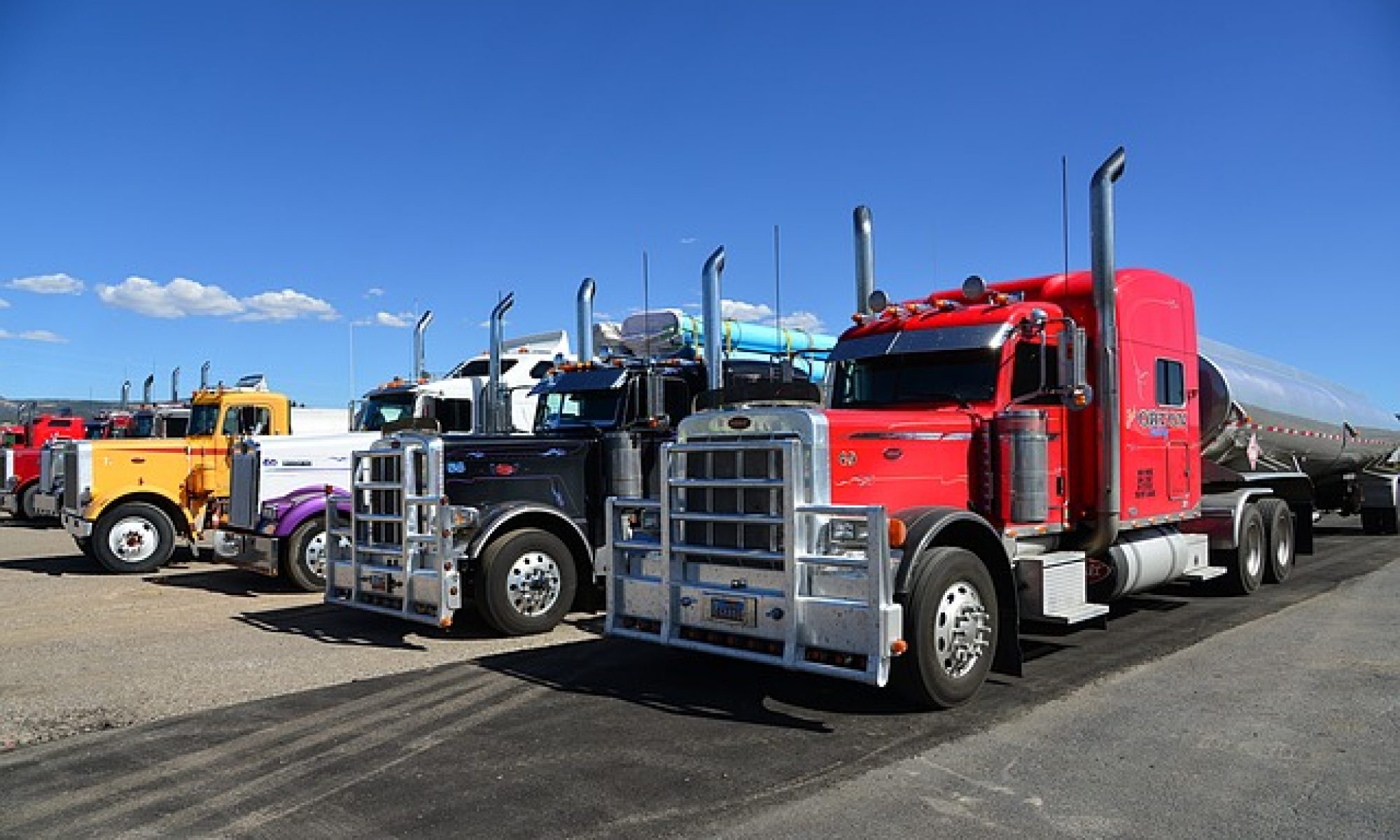When Every Minute Counts: How Modern Pest Control Companies Are Racing Against Time Using Smart Technology
In 2025, the pest control industry is experiencing a technological revolution that’s fundamentally changing how quickly exterminators can reach customers facing urgent infestations. Smart traps and IoT-based monitoring systems send real-time alerts to technicians, reducing unnecessary visits and improving response time, while GPS fleet tracking allows pest control companies to provide real-time updates on technician locations, ensuring customers know exactly when to expect their service. Faster response times for emergency pest control services also improve customer trust and increase repeat business.
The Technology Behind Faster Emergency Response
Some platforms now embed real-time traffic data layers, live weather overlays, and road condition alerts from government APIs or private data streams. This means pest control teams can avoid roadblocks, rain-delayed zones, and even construction detours, all without needing dispatch intervention. The platform uses real-time geographical and traffic data to efficiently plan large-scale delivery routes for pest control technicians within specified customer time windows.
Companies like First Choice Pest Control (slugthatbug.com), serving the Flint, Michigan area, are embracing these technological advances to provide faster, more reliable service to their customers. They respond quickly to pest issues, offering same-day service for fast relief, and offer free estimates and same-day service to restore peace to your home or business.
Real-Time Traffic Integration: The Game Changer
Modern route optimization platforms do not just calculate distance, in fact, they simulate drive-time scenarios, account for real-time service constraints, and generate multi-day route maps when service schedules span multiple client sites over longer intervals. Some advanced platforms now include predictive ETA adjustments using historical traffic models. These models factor in variables like road work, seasonal congestion patterns, and technician speed profiles, yes, even down to individual driver habits logged over time.
For homeowners dealing with emergency pest situations—whether it’s a wasp nest threatening children’s safety or a sudden rodent infestation—these technological improvements mean the difference between waiting hours or getting help within minutes. GPS tracking enables businesses to send the closest technician to urgent service requests, reduce wait times by giving customers precise arrival estimates, and keep customers informed about delays or service status.
How Emergency Dispatching Works in 2025
When emergency calls come in, AI can instantly recalculate optimal routes for your entire fleet, minimizing disruption while accommodating urgent service needs. This happens automatically without dispatchers spending time manually reshuffling schedules. This often depends on the urgency of the request. Hence, emergencies are prioritized and travel time is minimized with efficient route optimization for pest control companies.
When you search for an exterminator near me, you’re likely to connect with companies using these advanced systems. Tools like eLogii and Briostack offer real-time rerouting to handle traffic, weather, or urgent calls, with companies integrating solutions for real-time route optimization, traffic adjustments, and one-click reassignment. This results in technicians arriving on time, fuel use dropping, and companies fitting in more jobs daily.
The Customer Experience Revolution
Live route tracking gives you real-time visibility into where your technicians are, what jobs they’ve completed, and what’s up next. If a customer calls asking, “Where’s the technician?” – you’ll know exactly how far away they are. This transparency makes your operations smoother and builds customer trust by providing accurate ETAs, reducing no-shows and frustration.
First Choice Pest Control exemplifies this customer-first approach. They treat your property with the same care and respect as they would their own, giving you personalized service, stand behind their work offering a satisfaction guarantee on all pest control services, and their pest control solutions are safe for your family, pets, and the environment.
AI-Powered Predictive Response
AI stops infestations before they happen by predicting pest populations weeks, months, or even years in advance. Predictive Analytics: AI doesn’t just react to current conditions—it predicts them. By analyzing patterns from thousands of previous service calls, AI can anticipate where traffic congestion will occur, which customers might need longer service times, and even forecast potential pest outbreaks before they become emergencies.
AI-driven pest detection allows for predictive analytics that identify infestation patterns before they become severe. Smart traps and IoT-based monitoring systems send real-time alerts to technicians, reducing unnecessary visits and improving response time.
The Impact on Emergency Response Times
According to PestWorld Magazine, published by the National Pest Management Association, “PestPac RouteOp users are able to service 20% more customers per technician and spend 30% less on fuel, all thanks to more efficient routing. That means more revenue without adding staff.” These efficiency gains translate directly into faster emergency response capabilities.
According to industry reports, companies using automated routing have saved between 20% and 40% on fuel. By reducing fuel consumption and travel time, businesses also extend vehicle life, manage multiple vehicles more efficiently, and minimise environmental impact.
Looking Ahead: The Future of Emergency Pest Response
Pest control companies are leveraging advanced technologies such as the Internet of Things (IoT), data analytics, and remote monitoring to enhance operations. The use of artificial intelligence (AI) automates pest detection, monitoring, and treatment planning, aiding in the early detection of infestations. Smart systems equipped with infrared sensors, cameras, and wireless technology improve monitoring and response capabilities. This technology adoption results in improved operational efficiency and customer service, with digital platforms aiding client communication and data collection, providing a competitive edge in meeting consumer sustainability concerns.
For consumers facing pest emergencies, these technological advances mean faster, more reliable service than ever before. Whether you’re dealing with a sudden termite swarm, aggressive wasps, or a mouse invasion, the combination of real-time traffic data, AI-powered routing, and predictive analytics ensures that help arrives when you need it most—often within the same day or even within hours of your call.
The pest control industry’s embrace of these technologies represents more than just operational improvements; it’s a fundamental shift toward treating pest emergencies with the urgency they deserve, using every available tool to get qualified technicians to your door as quickly as possible.

